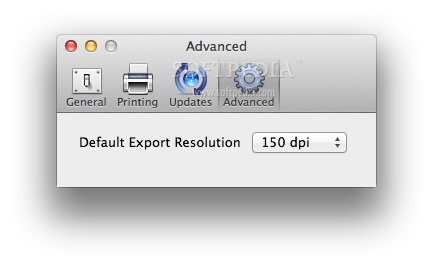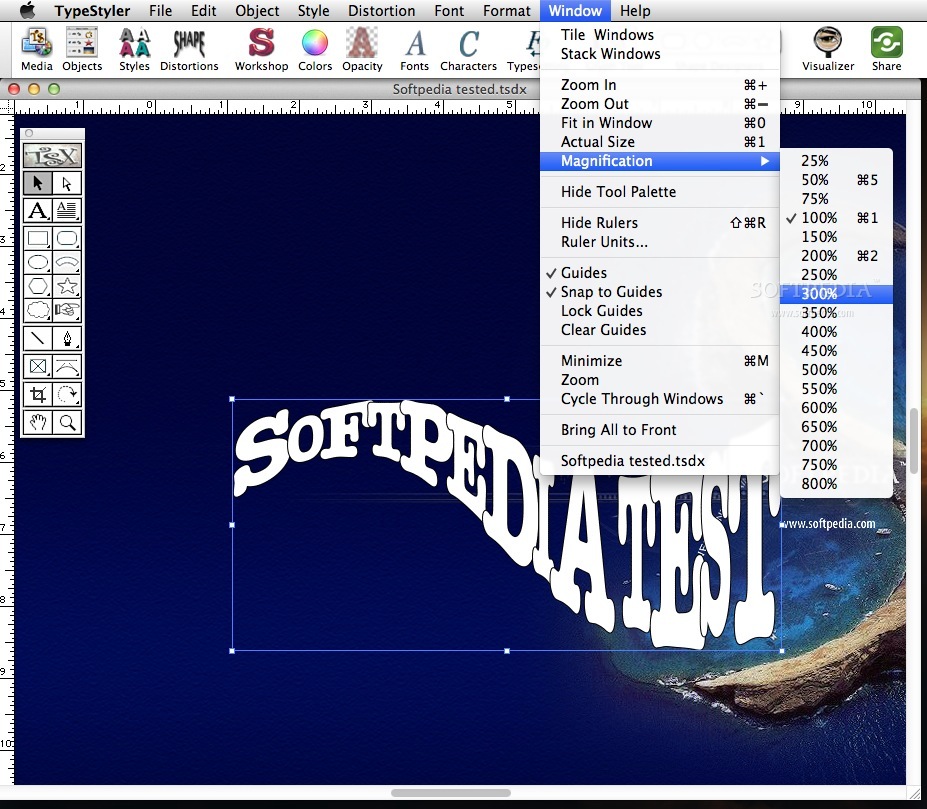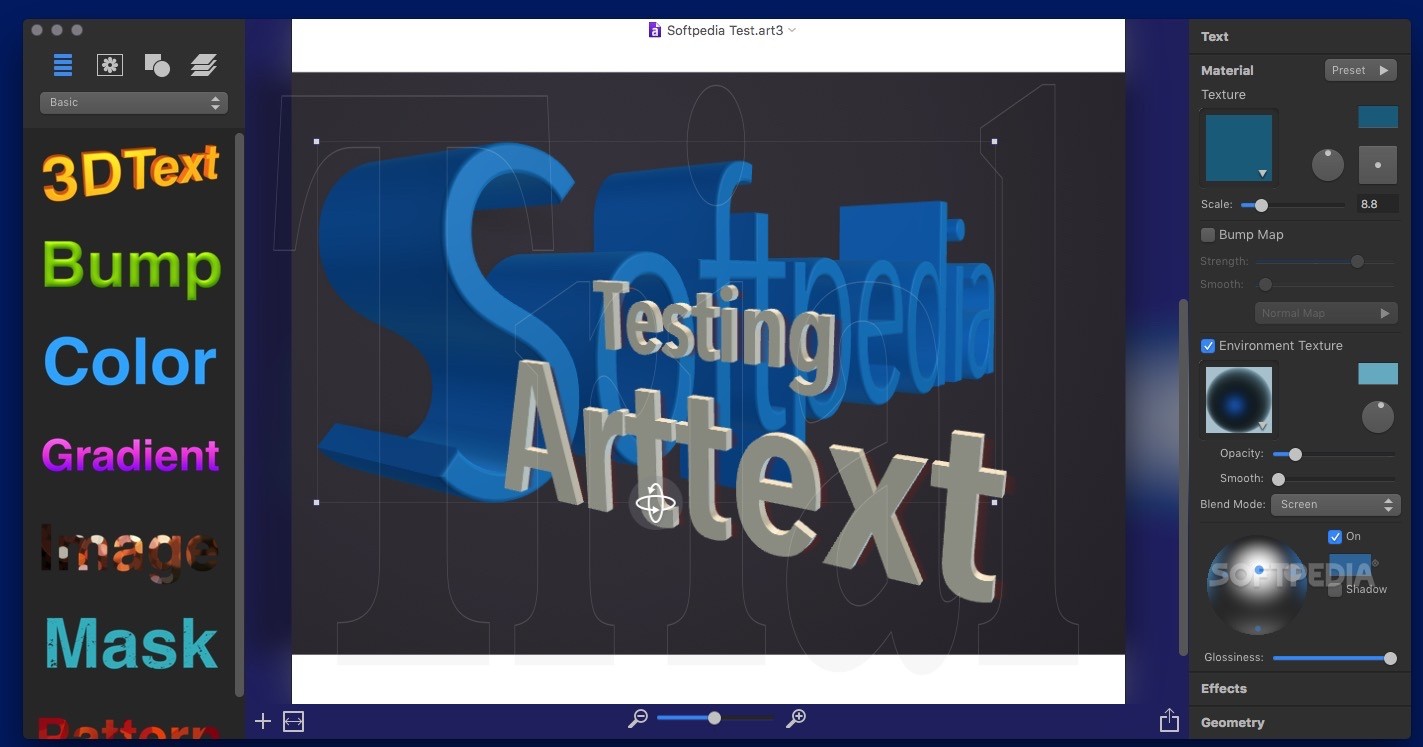

- TYPESTYLER ALTERNATIVE PDF
- TYPESTYLER ALTERNATIVE SOFTWARE
- TYPESTYLER ALTERNATIVE SERIES
He regularly presents at conferences on access to justice and artificial intelligence. Chavan was named to the Fastcase 50 list of global legal innovators in 2017. He has over 20 years of technology consulting experience with public sector, higher education, and non-profit clients.
TYPESTYLER ALTERNATIVE SOFTWARE
Learn more about guided interview software platforms.Ībhijeet Chavan is a Senior Executive Advisor at Tyler Technologies, Inc. Look for Part 2 in this space next month for more best practices. Explain who will have (or not have) access to potentially sensitive or confidential information (e.g., for Protection Orders, explain what information the Respondent will receive, thus the user might want to provide a "safe" contact address to the court.).
Explain why any sensitive information is collected.  Include an instructional/next steps document with the final forms to detail the next procedural steps include any service-related forms the user might need.
Include an instructional/next steps document with the final forms to detail the next procedural steps include any service-related forms the user might need. 
Embed persistent links that appear on every page to legal help/resources in case at any point the user decides to seek assistance.
Include links to helpful resources where the user can locate necessary information (e.g., Secretary of State’s website listing agents for businesses registered in the state). The disclaimer should require affirmative acknowledgment (e.g., a required check box). Include a disclaimer explaining the risks and responsibilities of self-representation, that the user is not creating any attorney/client relationship, any relevant references to statutes limiting the kind of help the court can provide, etc. Let users know if they need to log in to save their answers. Give users an idea of how long it may take to complete the interview, and/or give them markers for their progress (e.g., section 2 of 5). Tell users which court forms the interview will produce at the end. Provide a list of information and documents users may need to gather to complete the interview. Include qualifying prerequisite questions to ensure the user is in the right interview. Clearly explain the purpose of the interview at the beginning. Give the guided interview an easy-to-understand title so users know what it is for. Over several years of building hundreds of guided interviews across multiple jurisdictions and case types, Tyler's experts have gained these valuable insights for building effective guided interviews that are relevant regardless of the platform: Tyler, for instance, has an in-house team of licensed attorneys that provide training, consulting, and support for authoring guided interviews. With modern software, computer programming expertise is not required to build these interviews. Guided interview software platforms make it easy for legal professionals to author and manage guided interviews. 
TYPESTYLER ALTERNATIVE SERIES
To help SRLs navigate court forms, some jurisdictions and legal aid organizations have built online, web-based "guided interviews" that guide individuals through a series of simpler questions to generate a completed legal form for the user. It sounds simple, but these forms typically do not explain the law itself and may be challenging for a self-represented litigant (SRL) to fill out without assistance.
TYPESTYLER ALTERNATIVE PDF
Courts may provide paper forms or make them available online in PDF format to be be downloaded and printed. Forms are documents created by courts or legal aid organizations to collect the information about a case. Best Practices for Court Form Guided Interviewsįor most people, interacting with a court usually involves filling out a form at some point.








 0 kommentar(er)
0 kommentar(er)
